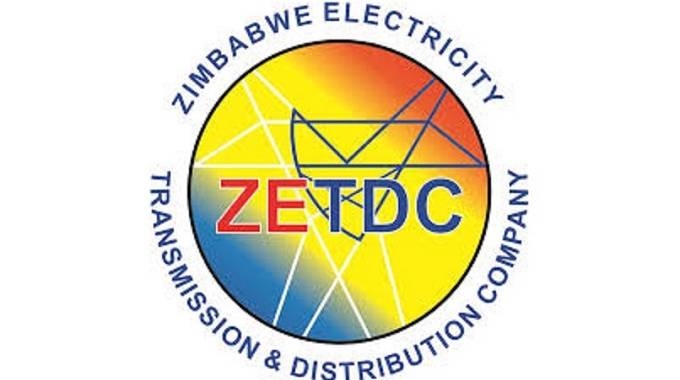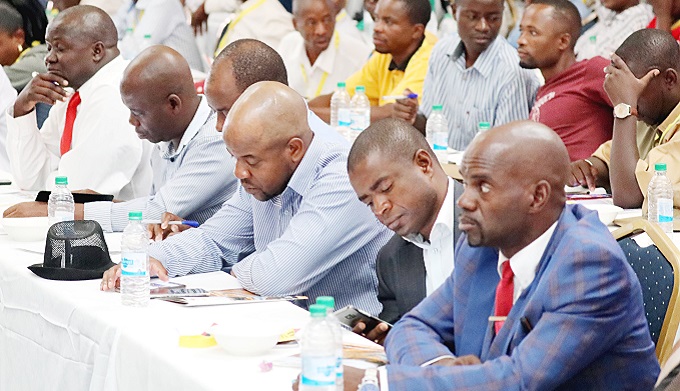EDITORIAL COMMENT:Investment in new power plants vital

It was refreshing to learn yesterday that the country ran for seven days last week on locally generated electricity.
This had not happened in many years as domestic power-generation capacity is low.
The reasons behind this below-par output are many but major ones are that most of the infrastructure is aged thus cannot operate efficiently, the infrastructure breaks down frequently and that, for many years, their aggregate capacity was not high enough to meet demand.
As a result of these constraints, Zesa has had to effect load shedding in an effort to stretch the little domestic output across the market.
In addition, the utility has been importing electricity for quite some time so that the gap in local output could be bridged.
South Africa and Mozambique have helped in that regard.
However, this option came at a heavy cost to the country as the imported feed is paid for in scarce foreign currency.
From time to time, Eskom of South Africa and HCB of Mozambique have threatened to discontinue supplies over non-payment.
The former provides 300MW while the latter sells 50MW of power to Zesa for a total of $12 million monthly, a bill which is obviously paid in foreign currency.
Indeed energy supply in our country has been insecure, which is dangerous as it runs counter to national the national aspiration to grow its economy.
Industry cannot function without reliable and affordable electricity; hospitals cannot deliver a service if delicate machines are on and off or have to run on costly diesel generators.
The Government realised that load shedding and importing electricity aren’t long-term solutions to a national emergency; they are only short-term solutions that actually are unsustainable and too expensive.
With this in mind, the Government went about seeking foreign investment into the energy sector.
Two large facilities were identified — the expansion of the Kariba South hydro-electric plant and that of Hwange coal-fired plant.
Investment is also being sought for smaller thermals in Harare, Munyati and Bulawayo.
The Chinese won the tender to expand Kariba South at a cost of $533 million to add 300MW of power.
That project was completed and President Mnangagwa commissioned the new expanded facility in March.
Attention has now shifted to Hwange Thermal Power Station where $1 billion will be invested to enable the facility to generate an additional 600MW.
Thanks to the completion of work at Kariba South, in addition to capacity that already existed at that hydro plant as well as at Hwange coal-fired plant, the country was generating 1 209MW on Wednesday.
For the whole of last week, the economy had the luxury to run on domestic output, said Zesa spokesman Mr Fullard Gwasira.
“If you look at last week, we ran our assets and we were not even importing. We had a seven-day period when we were running our own generation assets and we had enough power,” he said.
Although the country has reverted to the usual mix of domestic output and the imported feed, we regard that ability to rely on local power for those seven days as a significant development in the national drive for greater energy security and efforts to put in place requisite infrastructure for the economy to turn the corner in the next few years.
It shows what the country is capable of doing in terms of national energy self-sufficiency.
When complete in the next three years or so Hwange Thermal will add 600MW to the grid, which is very significant.
That will take national output to around 1 800MW. It is pleasing that work is already underway to that end at Hwange.
We have every reason to be optimistic that the project will continue and be commissioned as scheduled.
By that time, we expect work to have started at the thermals at Harare, Munyati and Bulawayo as well to add 75MW to the national grid.
We also know that there are several smaller power plants that are planned or are at different stages of development. Most of them are hydros such as the one planned for Tugwi-Mukosi Dam in Masvingo.
There would be solar plants too which we expect to be online in the next five to 10 years.
But the mother of them all will be the Batoka Gorge hydro facility to be developed jointly by Zimbabwe and Zambia.
That one will be an immense piece of infrastructure expected to produce a staggering 2 400MW and requires about $2,5 billion to build.
Batoka, the smaller plants in Harare, Munyati, Bulawayo, and Masvingo and so on represent essential forward planning by the Government.
To some, they might look unnecessary investments which the economy does not need but that is only true to one whose understanding of reality doesn’t extend beyond their village.
As the economy grows — and the economy will definitely grow — it will require more electricity, hence the need for the investment to begin as early as now.










Comments